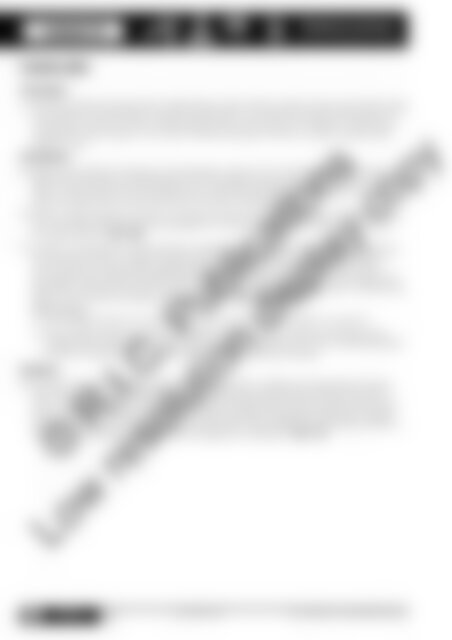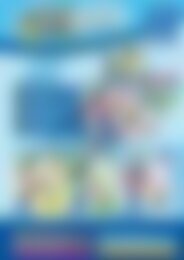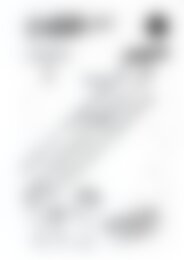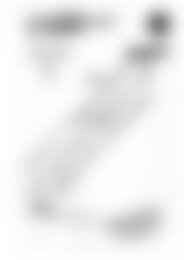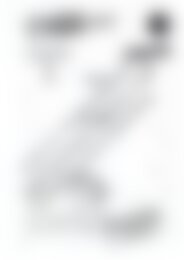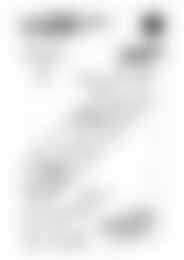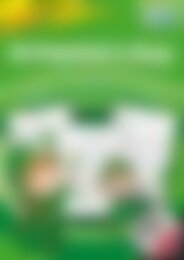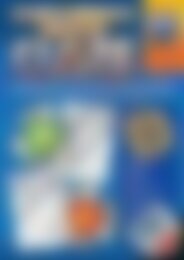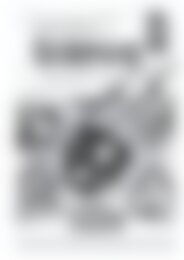6172RB Science a STEM approach Year 2 low res watermark
You also want an ePaper? Increase the reach of your titles
YUMPU automatically turns print PDFs into web optimized ePapers that Google loves.
Lesson 6<br />
Chemical sciences<br />
LIVING IN A MATERIAL WORLD<br />
Lesson plan<br />
Introduction:<br />
1. Divide the class into groups of four (depending on class size) to conduct a relay race outside. Using<br />
the contents of the recycling bin, empty out the paper in to small piles for each small group. A bin<br />
is placed at one end of a track and the students line up at the other end. Students in each group<br />
must collect a pile of paper, run to the bin, deposit the paper and then run back to tag the next<br />
student in line.<br />
Development:<br />
2. Discuss with students if they know what happens to paper once it is placed into a recycling bin.<br />
Where does the paper go? What happens to it? How does the paper get recycled? Do you think<br />
paper is mixed with any other materials to be recycled? Students brainstorm answers on sticky<br />
notes and attach them to the board at the front of the classroom. QP<br />
3. Watch a video showing how paper is recycled at . Discuss the video<br />
as a class. What materials were mixed together in the recycling process? Could you recycle your<br />
own paper like this? PC QP<br />
4. In pairs or individually as <strong>res</strong>ources al<strong>low</strong>, students recycle egg cartons in a similar way, fol<strong>low</strong>ing<br />
the activity procedure on page 63. Students individually record their hypothesis, observations<br />
and conclusion, as well as take a digital photograph of the wet mixture (before) and another<br />
photograph of the dried bowl (after). Note: To save time, the teacher may want to pre-prepare the<br />
egg carton cardboard and water mixture so that the water has had a chance to soak in. Alternatively,<br />
start the lesson earlier in the day and continue it later. QP PC PA C<br />
Differentiation<br />
• Less capable students can work with a partner to record answers together on page 63.<br />
• More capable students can brainstorm other things they want to create with the egg carton<br />
cardboard and what properties they will need to have. Students then work out what ingredients<br />
to add to the water and egg carton cardboard mix to create this property.<br />
Reflection:<br />
5. As a class, discuss whether the properties of the egg carton cardboard changed when the glue,<br />
water and salt was mixed together. Students predict what properties the bowl will have when it<br />
dries, or they wait until the next day to describe the properties of the bowl compared to the egg<br />
carton cardboard. Students may refer to the before and after photographs. What would happen<br />
if the glue and salt wasn’t added? Would the properties of the cardboard change? Why would the<br />
bowl need to be harder and tougher than the egg carton cardboard? QP C<br />
© R.I.C. Publications<br />
Low <strong>res</strong>olution display copy<br />
62 <strong>Science</strong>:<br />
A <strong>STEM</strong> APPROACH<br />
YEAR<br />
2<br />
978-1-925431-95-7 R.I.C. Publications® – www.ricpublications.com.au


